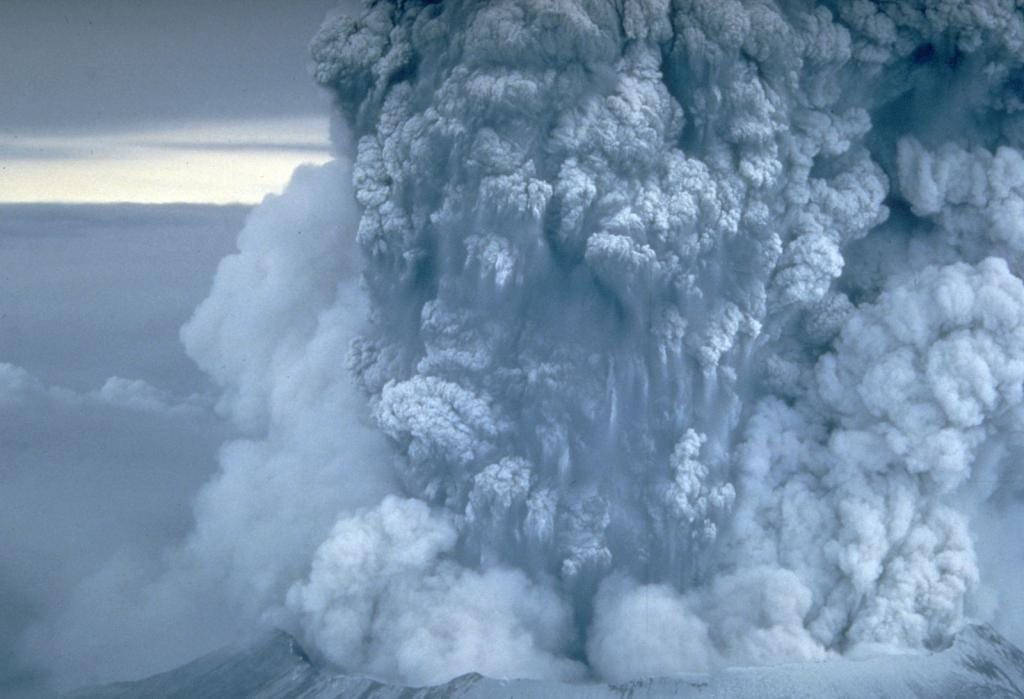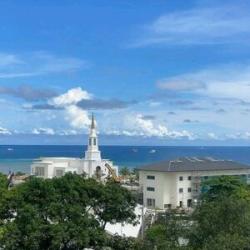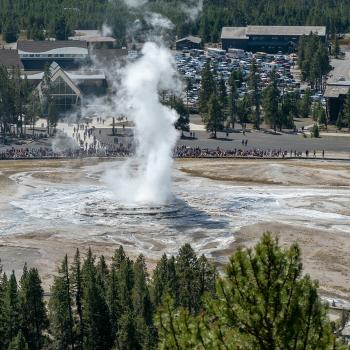
(Public domain photo by Donald A. Swanson of the USGS Cascades Volcano Observatory.
I’ll share a passage here from Jeff Wynn and Louise Wynn, Everyone is a Believer: The Growing Convergence of Science and Religion (2019). Dr. Jeffrey C. Wynn, a self-described “recovering atheist” and convert to the Church of Jesus Christ of Latter-day Saints, is a research geophysicist with the United States Geological Survey (USGS) who is currently based at the Cascades Volcano Observatory in Vancouver, Washington, one of the five USGS volcano observatories in the United States. His wife, Louise Wynn, is a writer whose research for her master’s degree focused on the Pumice Plain or “Blast Zone” of Mount St. Helens. In other words, they have expertise surpassing that of the typical anonymous internet:
In the eighth chapter of Third Nephi in the Book of Mormon there is a vivid description of a series of events that befell the inhabitants of part of the New World at the time of the death of Christ. This narrative is interesting in a number of ways, starting with its remarkable specificity, including a precise date (in the local calendar) for when the destructive events took place and how long they lasted. The narrative also includes a number of elements that were not understood by early Book of Mormon readers, including a huge storm carrying catastrophic destruction with it, extensive lightning, massive ground shaking, the entire face of the land being altered, and several references to a terrible “vapor of darkness.”
The Book of Mormon was first published in March 1830. Anyone who had read it before May 18, 1980, then, was riveted by the descriptions emerging of the catastrophic eruption of Mount St Helens in Washington State. More than 150 years earlier, the Book of Mormon gave a description of lightning associated with a Plinian-style volcanic eruption — rising volcanic ash dragging vast amounts of electrical charge up into the stratosphere. Here were also vivid descriptions of a “vapor of darkness” — volcanic glass in the form of lung-choking ash — suffocating people, snuffing campfires, and blacking out and shutting down central Washington State at mid-day. There were also descriptions of enormous changes to the regional topography, including the largest landslide in recorded human history, as a mountain was sheared off and valleys filled in, obliterating over 140 square miles of once pristine forest north of the volcano.
Joseph Smith dictated the 522 pages of the Book of Mormon in roughly 53 days, without going back and revising the text. But Joseph had never seen a volcano, knew nothing of plate tectonics and Central American geology, and had barely more than a 3rd grade education. (9-10)
For links to my prior posts on this subject, see “Krakatoa, a Comparison, and a Concordance.”











